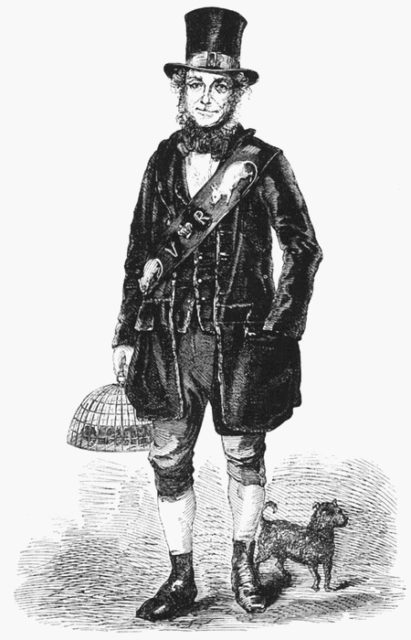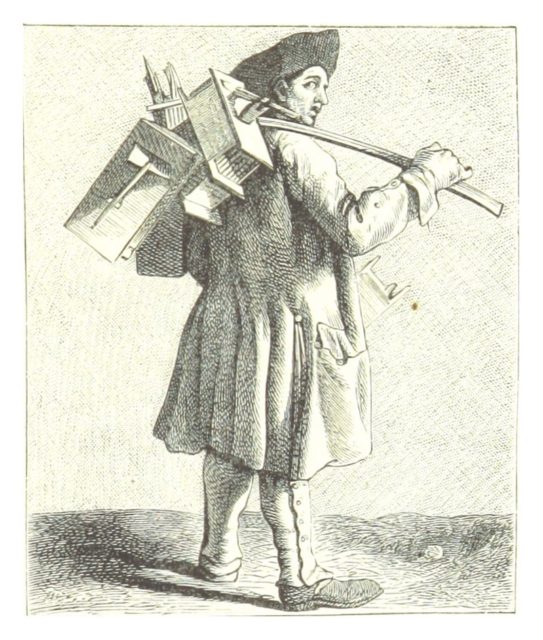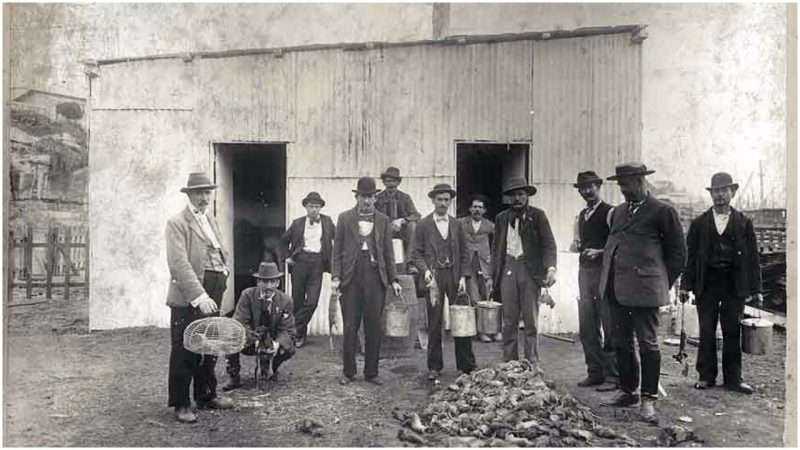Before pest control was developed with the help of various chemical substances and technology, it was performed manually, dealing mostly with infestations of rats.
The people involved in this sort of work were popularly called ratcatchers, and their role―well, you guessed it―was to catch rats, most often with their bare hands, but sometimes using traps or dogs.
Rats were feared throughout Europe, often dubbed the devil’s servants, because of their association with spreading the Black Death, which struck the continent in the 14th century. The legacy of the plague ran deep in the folklore, preserving its superstitious component until the end of the 19th century.
In the Victorian era, London was one of the most populated cities in the world. The risk of epidemics was constantly looming, as the hygiene level was very low compared with the standards of today. The poor lived in dire conditions, raising realistic fears of contagion from rats.
Therefore, ratcatchers were popular among the slum-dwelling inhabitants of Victorian London. One who distinguished himself, with the cunning use of costume, sweet-talk and performance, was most certainly the self-proclaimed Queen’s official rat-catcher, Jack Black.
Black wore a uniform-like scarlet topcoat, waistcoat, and breeches, a leather sash, and a top hat. In his arm was a cast-iron rat trap, while a black tan terrier followed him regularly, behaving like a true side-kick.

The story of Jack Black was documented by Henry Mayhew, the author of a lengthy series of articles first published in the Morning Chronicle. The articles, titled “London Labour” and the “London Poor,” to this day serve as a reliable testimony of the period. The thousands of people living and working on the streets of London were described pedantically and with great detail. A great number of the trades described in this article-study are now completely extinct and forgotten.
Henry Mayhew would, later on, found his own magazine, the satyrical Punch, while the name Jack Black became synonymous with the profession of a ratcatcher.
But he wasn’t only known for his ability to efficiently kill rats. Black was the pioneer of a fad that became popular across Victorian England in the mid-19th century―the fancy rat.
In his ventures, Black would always be on a lookout for peculiar colored rats, which he would then sell on as pets. The culture of breeding rats was, at the time, related to rat-baiting―a blood sport in which a group of rats was released in a pit, together with a dog, who would then chase them, and eventually kill them.
Victorian words we should be using today
Bets were placed on the dog, in terms of the time needed to kill all the rats. To supply the constant demands, as rat-baiting gained in popularity, ratcatchers were most often employed to provide the rats needed for the gambling game.
Black managed to turn his business into double profit. He would breed rats with different fur color and sell them for various purposes, including baiting. But some of his customers were, in his own words, “well-bred young ladies” who intended to keep the rats in squirrel cages.
The fancy rats were kept as pets by many members of the high society, who organized various competitions, promoting the hobby well into the 20th century.

Apart from this side-job, Black mentions in the account given to Mayhew, his other business ventures like fishing, bird catching, and taxidermy. He also made a name for himself in dog-breeding, as his companion, Billy the terrier, was “the father of the greatest portion of the small black tan dogs in London.”
Due to the fact that ratcatchers often housed a farm of rats for their lucrative sale, they were sometimes accused of causing rat infestations, so they could profit from the extermination work.
With the end of the 19th century and further development of both the sanitary networks and rat poisons, the ratcatcher trade lost its value and slowly slipped into obscurity.
